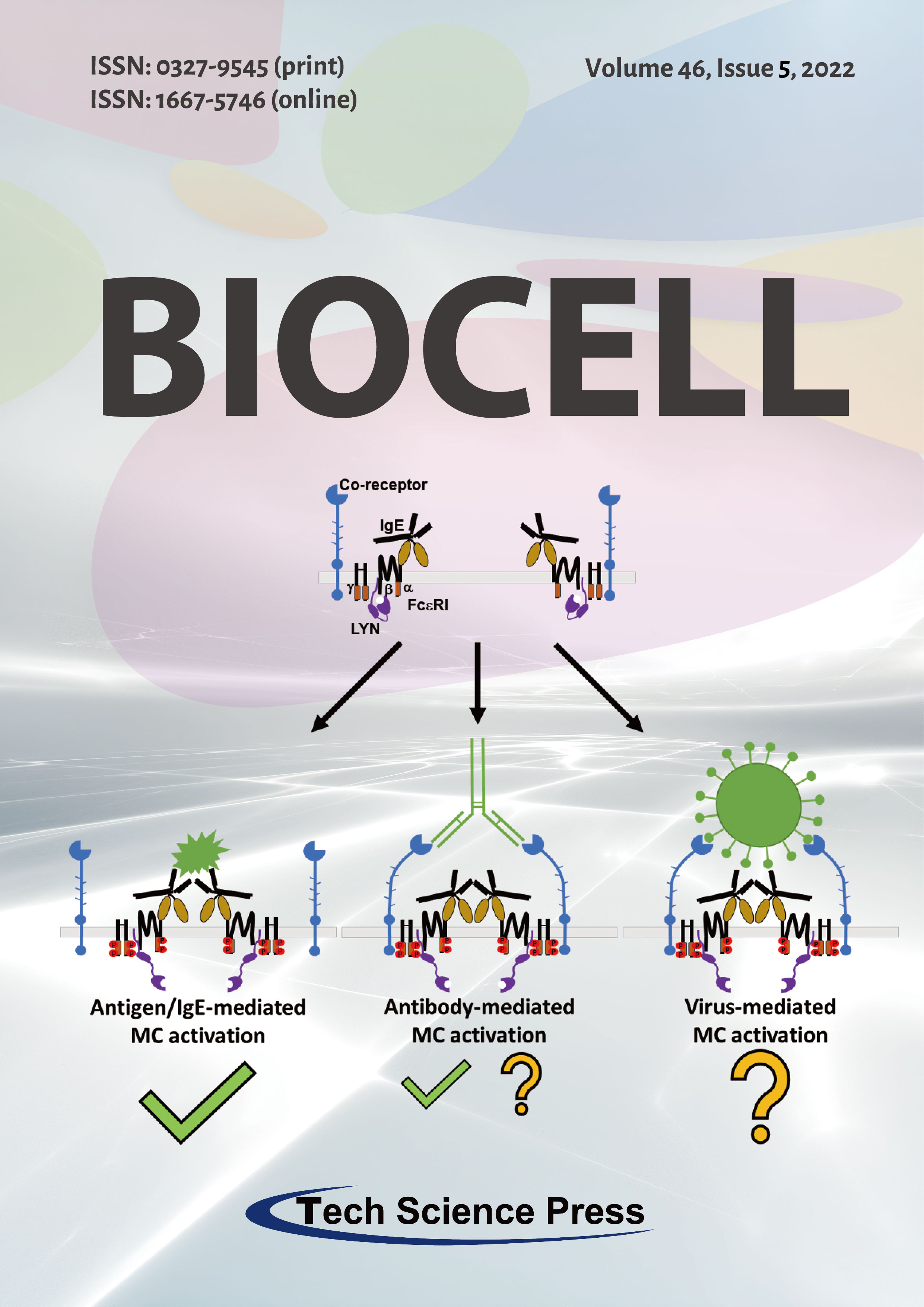
Mast cells are well-known for their pro-inflammatory nature contributing to the development of various allergic and autoimmune diseases. One major receptor on mast cells, the high-affinity receptor for IgE (FcεRI), is activated in its IgE-bound state via crosslinking by polyvalent antigen/allergen. This triggers immunological effector functions, such as degranulation and cytokine production. In the Viewpoint of this issue we will discuss the possibilities of certain viruses (e.g. Corona viruses) or auto-antibodies to act as indirect FcεRI-crosslinking agents by interacting with FcεRI-proximal, raft-localized transmembrane proteins, and potentially contributing to the development of detrimental cytokine storms.
View this paper